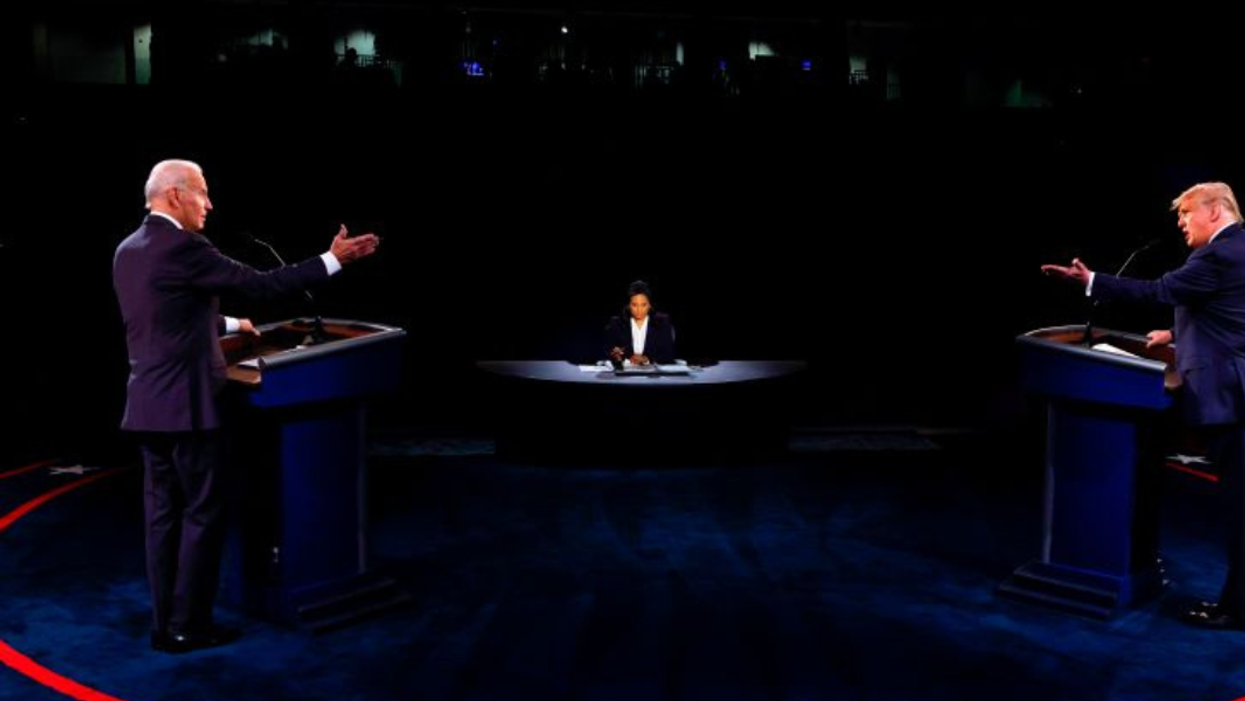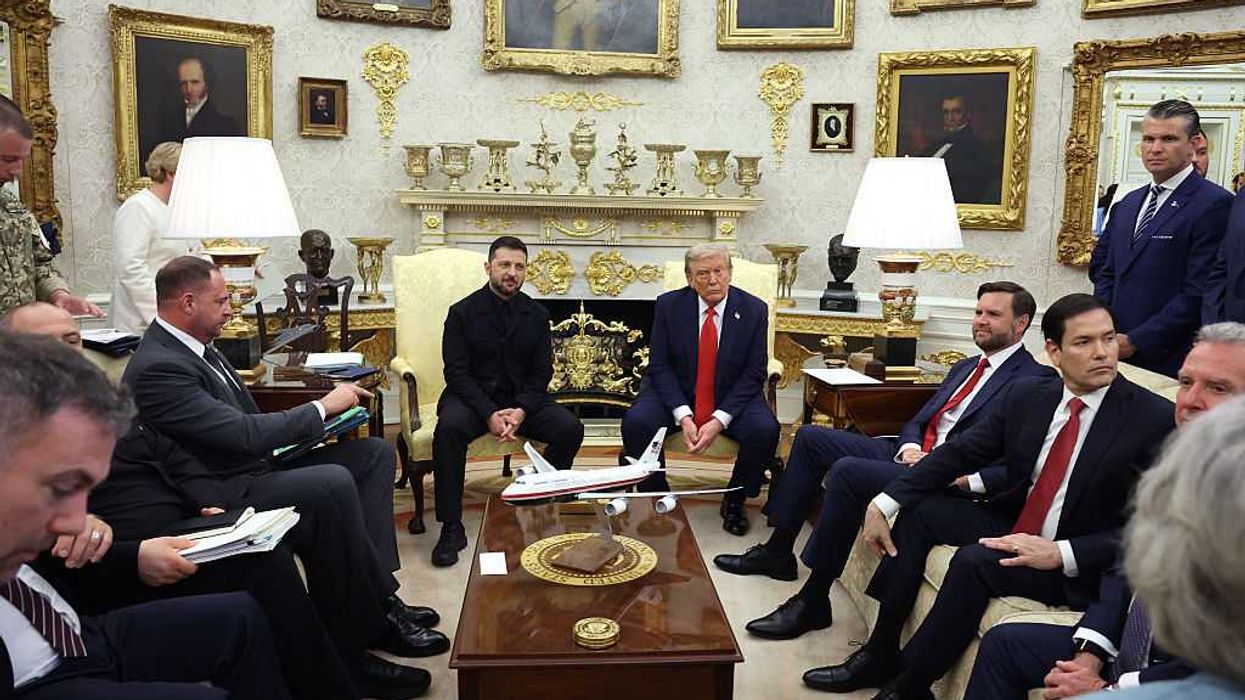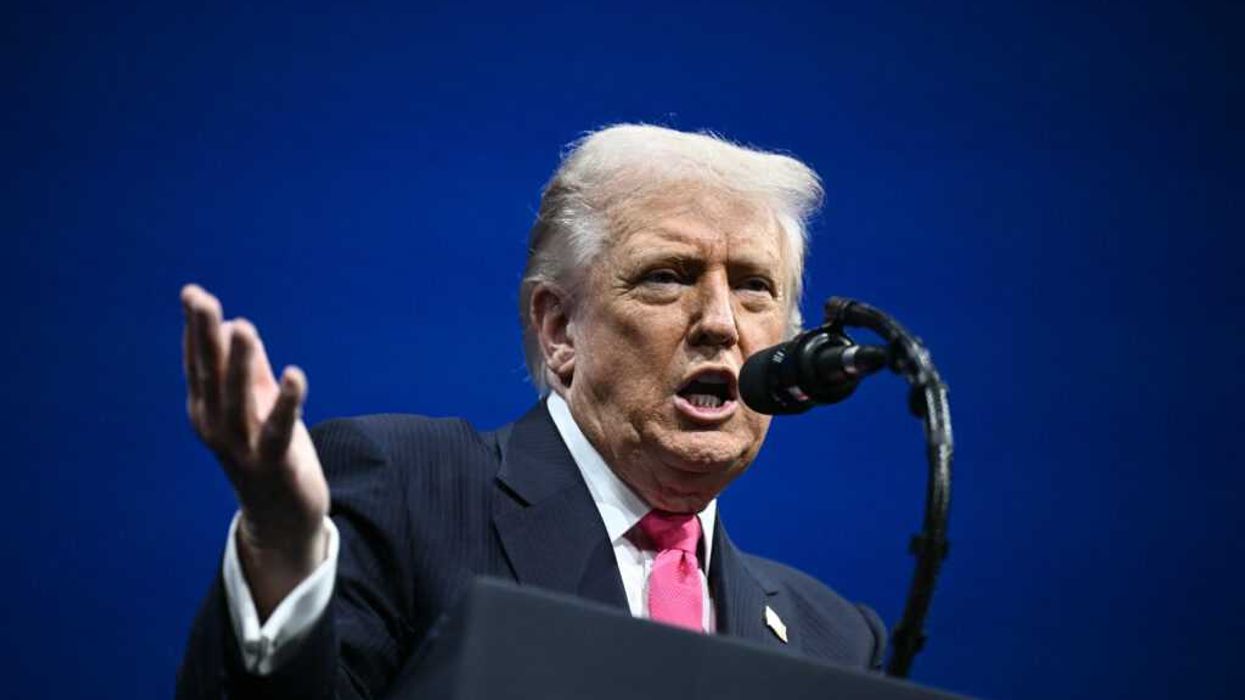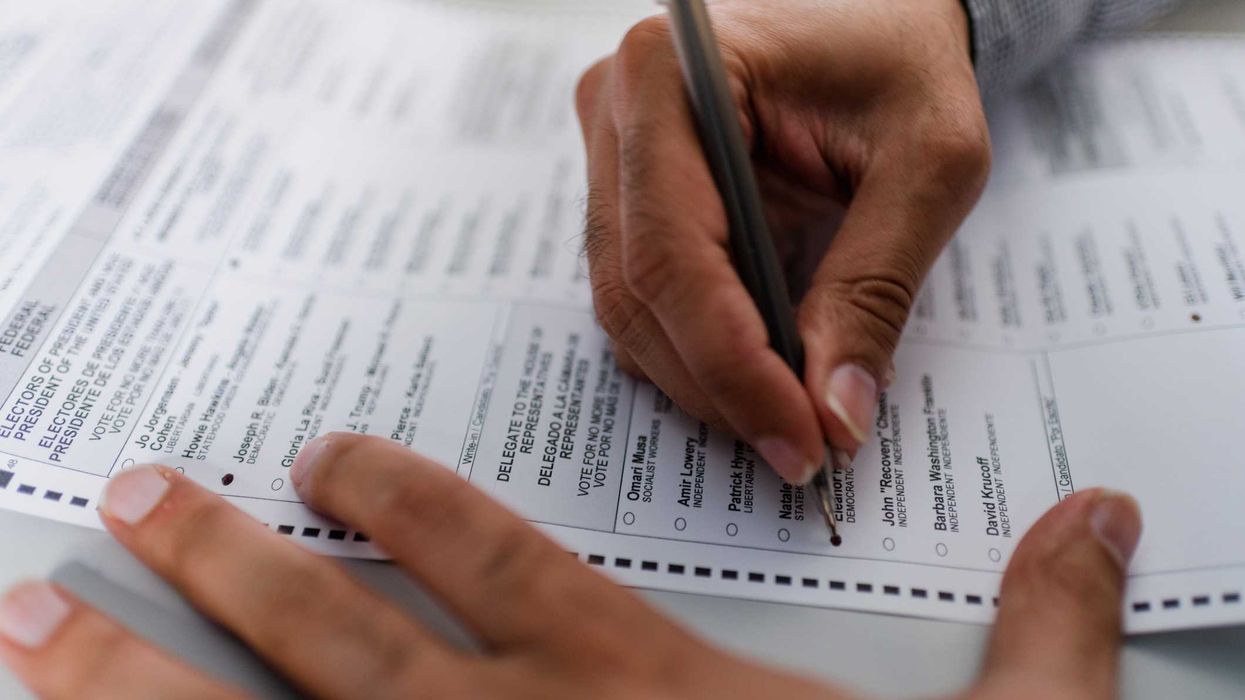Goldstone is the author of the forthcoming "Not White Enough: The Long Shameful Road to Japanese American Internment."
Democrats who had been gleefully lapping up the unfolding story of what they hoped would be Donald Trump’s impending indictment for absconding with of hundreds of classified documents after he left the White House have been brought up short by the revelation that Joe Biden, albeit on a much smaller scale, might have done precisely the same thing. In the wake of that disclosure, Democrats have, predictably, been scrambling to draw a distinction between the episodes, while Republicans, predictably, are chortling “gotcha.” Each is correct, depending on how the facts are viewed.
Legally, the two incidents are certainly different. In Trump’s case, he intentionally packed up a trove of the nation’s most secret material, had it shipped off to Mar a Lago, and then stored it in a manner akin to a family hanging on to old photo albums. Then, rather than simply return the material when asked to do so, he first had his minions lie about the extent of his pilferage and, after ignoring numerous official requests for the documents’ return, forced the Justice Department to obtain a warrant and then conduct an early morning raid to search Trump’s office and residence.
That Trump was aware that he had taken the documents illegally and refused to hand them back is not in question. Despite speculation that he intended to profit in some way, perhaps by selling them to an unfriendly power, Trump did not seem to have any nefarious motive—he just wanted them in the same way a small child will insist on keeping a toy he or she no longer plays with. Still, given the ease with which a wandering visitor to Palm Beach could access state secrets, he could be charged under the Espionage Act, a vague, catch-all prohibition that was enacted after the United States entered World War I to stifle dissent, as well as with obstruction of justice, which would be much easier to prove in court.
The circumstances under which the Biden documents were deposited at both the Penn Center and the Biden Garage are less clear. Biden has claimed to have been unaware of their existence and there is no proof or even an indication that he is being less than honest. And, rather than refuse to return the documents once they were uncovered, Biden’s lawyers informed the Justice Department almost immediately after they were stumbled across during a routine search of the Penn Center, followed by a more frantic search of the garage.
As such, Biden, who seemed never to make use of the documents or even look at them, would be immune to an obstruction of justice charge. Given the small number, he might even be absolved entirely if a chain of custody can be established in which he was neither a party nor had knowledge.
Politically, however, the conclusions are far different. While in the duel of legality, Biden comes out ahead, in the duel of calumny, Republicans win handily. To counter the notion that Biden was innocent and unaware, they point to the delay with which the discovery of the initial store of documents was made public, and then that there were more documents in the garage than first reported. That Biden initially refused to answer reporters’ questions, they insist, is proof of his culpability. If Biden is not charged criminally and Trump is, Republicans will scream foul and a good portion of the country will believe them.
Of perhaps the greatest significance, however, is that the documents scandal reinforces long-held perceptions of both men. That Trump will skirt the boundaries of the law and often stray over them is disputed by almost no one outside his most willfully blind supporters. Be it avoiding taxes, filing convenient bankruptcies, making payoffs to strippers, stiffing contractors, or running businesses that are thinly disguised con games, Donald Trump, when the niceties are stripped away, is precisely what Richard Nixon denied being—a crook.
Biden, on the other hand, is widely seen as a sympathetic figure who has endured enormous personal tragedy, but whose mental acuity might well be fading, something of a brain-addled grandfather. Even in earlier days, Biden always seemed to get in his own way, either with an unfortunate remark or doing something, well, dumb, which called his judgment into question. He often seemed tone deaf to social changes and had to be dissuaded from touching everyone he came in contact with, especially women. (Trump also needed to be dissuaded from touching women, but for a different reason.)
Where Trump is a crook, then, Biden is a fumbler.
But these perceptions do not fall equally, but rather are a disadvantage for Democrats. Many who voted for Biden in 2020 did so despite the fear that he was in cognitive decline. Had he been up against a less polarizing figure, that caricature might well have done him in.
On the other hand, many of those who voted for Trump did so because he was a crook. They saw his dishonesty as a political statement, sticking a thumb in the eye of government bureaucrats, similar to carrying a loaded weapon in public, or refusing to wear a face mask during the pandemic. To his supporters, Trump’s unwillingness to abide by the law or conform to long accepted social and presidential norms meant…freedom. That a narcissistic serial adulterer and tax cheat with virtually no loyalty to anyone but himself personifies liberty to a large segment of the American public is one of the two inescapable ironies in this affair.
The other is that by-and-large Biden has governed quite well. After great initial skepticism that his administration would get nothing accomplished, he made good on his promise to seek bipartisanship and succeeded in getting an impressive amount of highly significant legislation passed. The Biden administration has not been a series of unbroken successes to be sure—it grossly mishandled the Afghanistan withdrawal—but that could be balanced against a nothing short of brilliant handling of the Ukraine war.
The country noticed. After more than a year under water, Biden’s approval ratings crept up and talk of him running for re-election was no longer accompanied by a resigned sigh. The polls agreed. In 2020, the Fumbler defeated the Crook, and until the Penn Center discovery, he seemed certain to be able to do it again. But now, a 2024 rematch might have a different ending, as would a race against a different opponent.
If so, Biden will have fumbled away a hard-fought for opportunity.



















